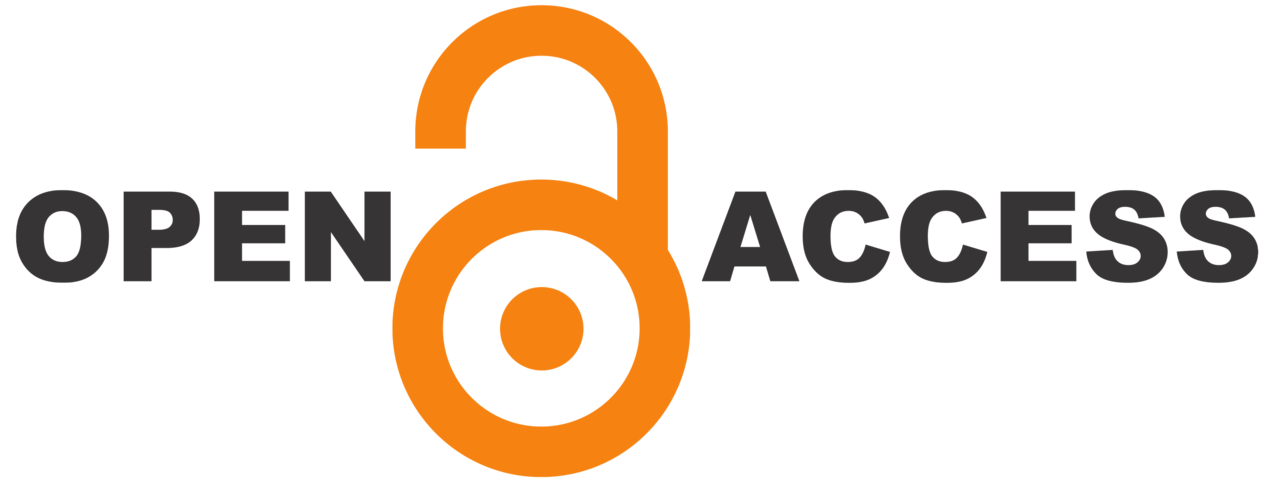Effects of Virtual Rehabilitation on Upper Extremity Motor Learning in Hemiplegic Cerebral Palsy
DOI:
https://doi.org/10.55735/eydx9v36Keywords:
Hemiplegic cerebral palsy, Neurodevelopmental disorder, Upper extremity motor learning, Virtual realityAbstract
Background: Cerebral palsy is a prevalent neurodevelopmental disorder causing a non-progressive disturbance of motor function that influences posture, movement, and motor coordination. Objective: To investigate the effects of virtual rehabilitation on upper extremity motor learning in patients with hemiplegic cerebral palsy. Methodology: A randomized controlled trial was conducted from April to July 2022 on 25 spastic hemiplegic cerebral palsy patients enrolled with a non-probability purposive sampling technique. The population was selected from the neurology department of Allied Hospital and the physical therapy department of Madina Teaching Hospital, Faisalabad. About 25 spastic hemiplegic cerebral palsy patients of both genders enrolled with non-probability purposive sampling and were allocated into two groups Group A (13 participants) and B (12 participants) randomly to avoid biases with the help of a random generator. The study focused on patients between 5 and 10 years old who had been diagnosed with hemiplegic cerebral palsy and GMFCS levels 1, 2, and 3. Group A underwent virtual reality training as well as conventional therapy and Group B underwent conventional treatment which includes passive stretching and strengthening exercises. Group A received 2 sessions/week including virtual reality gaming by Kinect X-BOX system for 20 minutes in addition to upper extremity exercises for 20 minutes for eight weeks and Group B received conventional therapy including passive stretching and strengthening exercises. Each exercise took place for 20 minutes 10 repetitions, twice a week, for 8 weeks. ABILHAND kids and the Pediatric Motor Activity Log were the outcome-measuring tools. Measurements were taken at baseline and after the 16th session. Results: There was a significant increase in the ABILHAND kids’ assessment and the Pediatric Motor Activity Log scores after treatment compared to baseline values in the study group (p<0.001). Both virtual reality along conventional therapy improved upper limb motor response in pre- to post-intervention analysis (p<0.05) as compared to conventional therapy (p>0.583). Conclusion: Virtual reality rehabilitation as provided by Kinect-based game training showed improvement in motor functions in hemiplegic cerebral palsy patients.
Downloads
References
1. Oskoui M, Coutinho F, Dykeman J, Jette N, Pringsheim T. An update on the prevalence of cerebral palsy: a systematic review and meta‐analysis. Developmental Medicine & Child Neurology 2013; 55(6): 509-19. DOI: https://doi.org/10.1111/dmcn.12080
2. Tahir J, Ahmad S, Rana AAJTHJoP, Sciences R. Effects of Neuromuscular Electrical Stimulation with and without Kinesio Taping Application on Sitting Balance Among Children with Cerebral Palsy. 2021; 1(2). DOI: https://doi.org/10.55735/thjprs.v1i2.33
3. Gunel M. Rehabilitation of children with cerebral palsy from a physiotherapist’s perspective. Acta Orthopaedica et Traumatologica Turcica 2009; 43(2): 173-80. DOI: https://doi.org/10.3944/AOTT.2009.173
4. Syed H, Shamim Q, Niaz T, et al. Reliability of Modified Ashworth Scale as compared to Modified Tardieu Scale on Assessment of Lower Limb Spasticity in Children with Diplegic Cerebral Palsy: Reliability of Ashworth Scale in Cerebral Palsy. 2023; 3(7): 696-702. DOI: https://doi.org/10.55735/hjprs.v3i7.183
5. Beckung E, Hagberg G. Neuroimpairments, activity limitations, and participation restrictions in children with cerebral palsy. Developmental Medicine and Child Neurology 2002; 44(5): 309-16. DOI: https://doi.org/10.1111/j.1469-8749.2002.tb00816.x
6. Latif A, Shah SM, Shabbir S, Nawab AJTHJoP, Sciences R. Effects of Trunk Strengthening Exercises on Static Sitting Balance in Children with Quadriplegic Cerebral Palsy: Trunk Strengthening Exercises in Quadriplegic Cerebral Palsy. 2023; 3(7): 682-8. DOI: https://doi.org/10.55735/hjprs.v3i7.188
7. Uswatte G, Taub E, Griffin A, Vogtle L, Rowe J, Barman J. The pediatric motor activity log-revised: assessing real-world arm use in children with cerebral palsy. Rehabilitation Psychology 2012; 57(2): 149. DOI: https://doi.org/10.1037/a0028516
8. Bedair R, Al-Talawy H, Shoukry K, Abdul-Raouf E. Impact of virtual reality games as an adjunct treatment tool on upper extremity function of spastic hemiplegic children. International Journal of PharmTech Research 2016; 9(6): 1-8.
9. Foley HJ. Sensation and perception: Routledge; 2019. DOI: https://doi.org/10.4324/9780429275913
10. Bakhat W, Ahmed U, Asghar M, et al. Effects of Expanded Constraint-Induced Movement Therapy on Hand Function in Children with Cerebral Palsy: A Randomized Controlled Trial: Constraint-Induced Movement Therapy in Cerebral Palsy. 2022; 2(2): 119-28. DOI: https://doi.org/10.55735/hjprs.v2i2.73
11. Mannan I, Javed A, Afzal F, et al. Effects of Functional Strength Training Using Universal Exercise Unit on Spasticity of Lower Extremities Among Children with Cerebral Palsy; A Quasi-Experimental Study: Functional Strength Training in Cerebral Palsy. 2023; 3(8): 756-61. DOI: https://doi.org/10.55735/hjprs.v3i8.157
12. Sharan D, Ajeesh P, Rameshkumar R, Mathankumar M, Paulina RJ, Manjula M. Virtual reality-based therapy for post-operative rehabilitation of children with cerebral palsy. Work 2012; 41(Supplement 1): 3612-5. DOI: https://doi.org/10.3233/WOR-2012-0667-3612
13. Corrêa A, Monteiro C, Silva T, et al. Virtual reality and video games: a proposed for disabled. Virtual Reality in Cerebral Palsy 2011: 65-92.
14. Pervaiz H, Kousar R, Islam F, et al. Effectiveness of Virtual Rehabilitation Versus Therapeutic Exercises in the Balance Training of Lower Limb Among Post-Stroke Patients: Virtual Rehabilitation in Patients with Stroke. 2023; 3(1): 306-13. DOI: https://doi.org/10.55735/hjprs.v3i1.119
15. El-Shamy SM, El-Banna MF. Effect of Wii training on hand function in children with hemiplegic cerebral palsy. Physiotherapy theory and practice 2020; 36(1): 38-44. DOI: https://doi.org/10.1080/09593985.2018.1479810
16. Avcil E, Tarakci D, Arman N, Tarakci E. Upper extremity rehabilitation using video games in cerebral palsy: a randomized clinical trial. Acta Neurologica Belgica 2021; 121: 1053-60. DOI: https://doi.org/10.1007/s13760-020-01400-8
17. Ökmen BM, Aslan MD, Yüzer GFN, Özgirgin N. Effect of virtual reality therapy on functional development in children with cerebral palsy: A single-blind, prospective, randomized-controlled study. Turkish Journal of Physical Medicine and Rehabilitation 2019; 65(4): 371. DOI: https://doi.org/10.5606/tftrd.2019.2388
18. Winkels DG, Kottink AI, Temmink RA, Nijlant JM, Buurke JH. Wii™-habilitation of upper extremity function in children with cerebral palsy. An explorative study. Developmental Neurorehabilitation 2013; 16(1): 44-51. DOI: https://doi.org/10.3109/17518423.2012.713401

Downloads
Published
License
Copyright (c) 2025 The Healer Journal of Physiotherapy and Rehabilitation Sciences

This work is licensed under a Creative Commons Attribution 4.0 International License.














